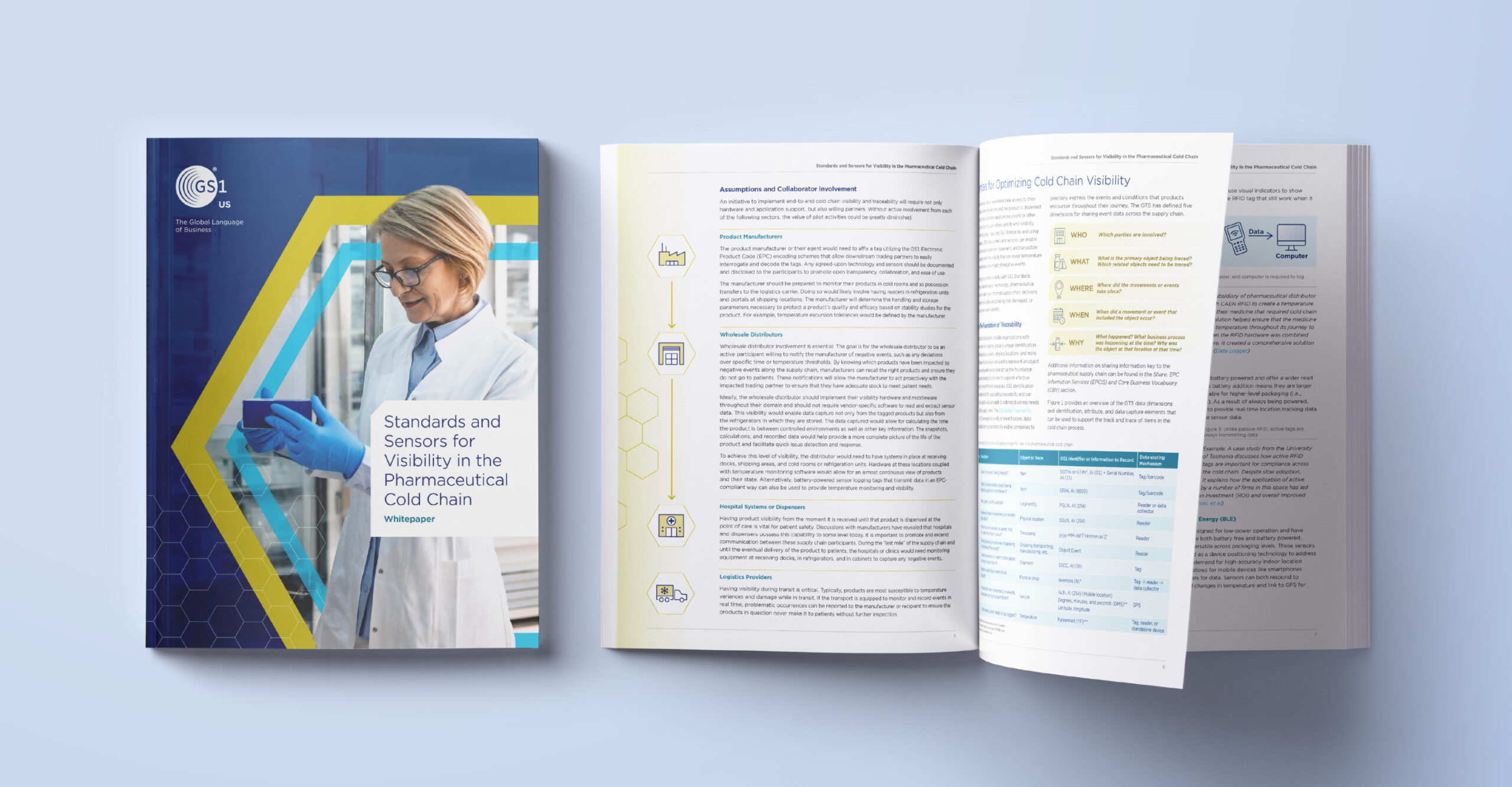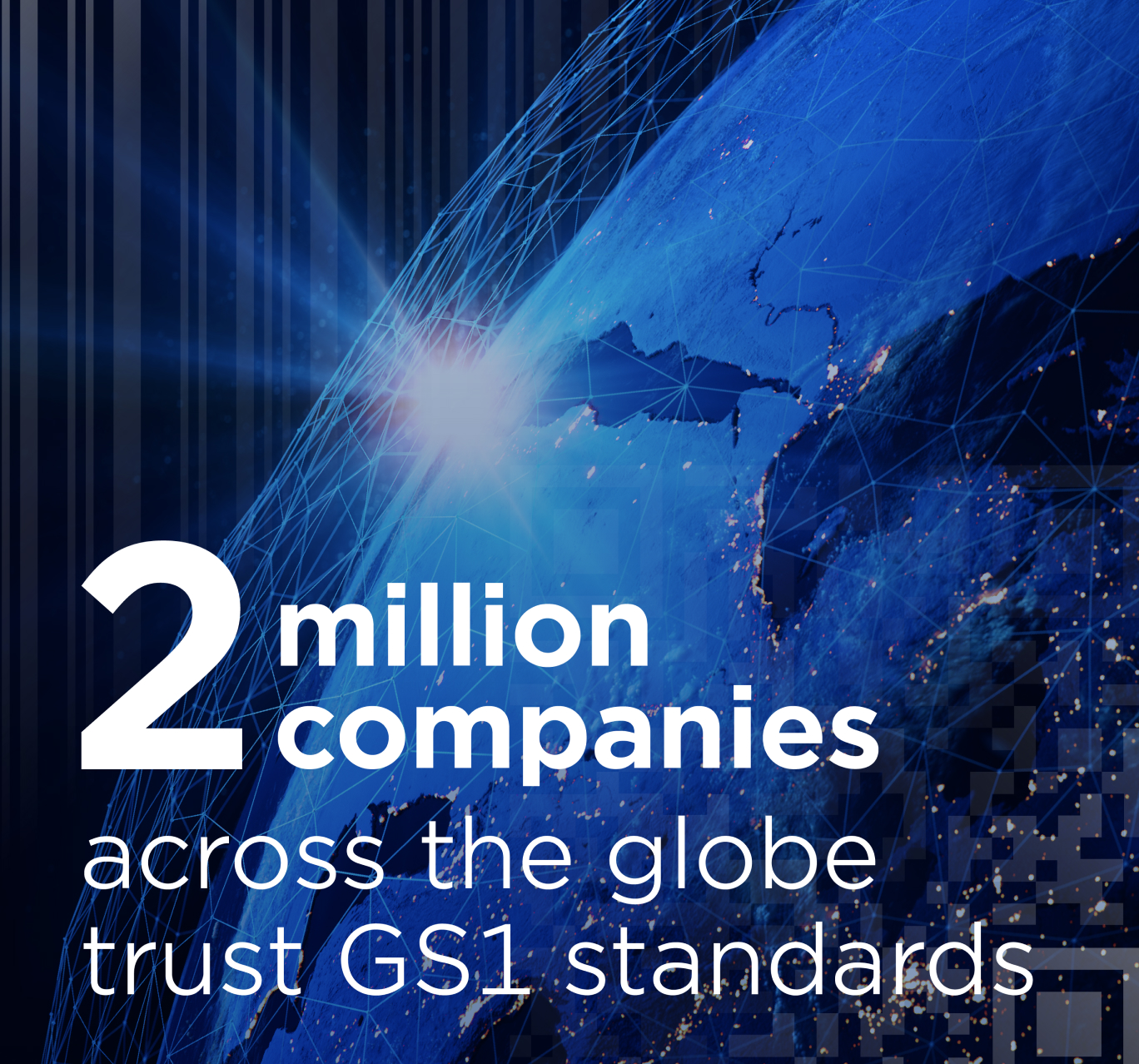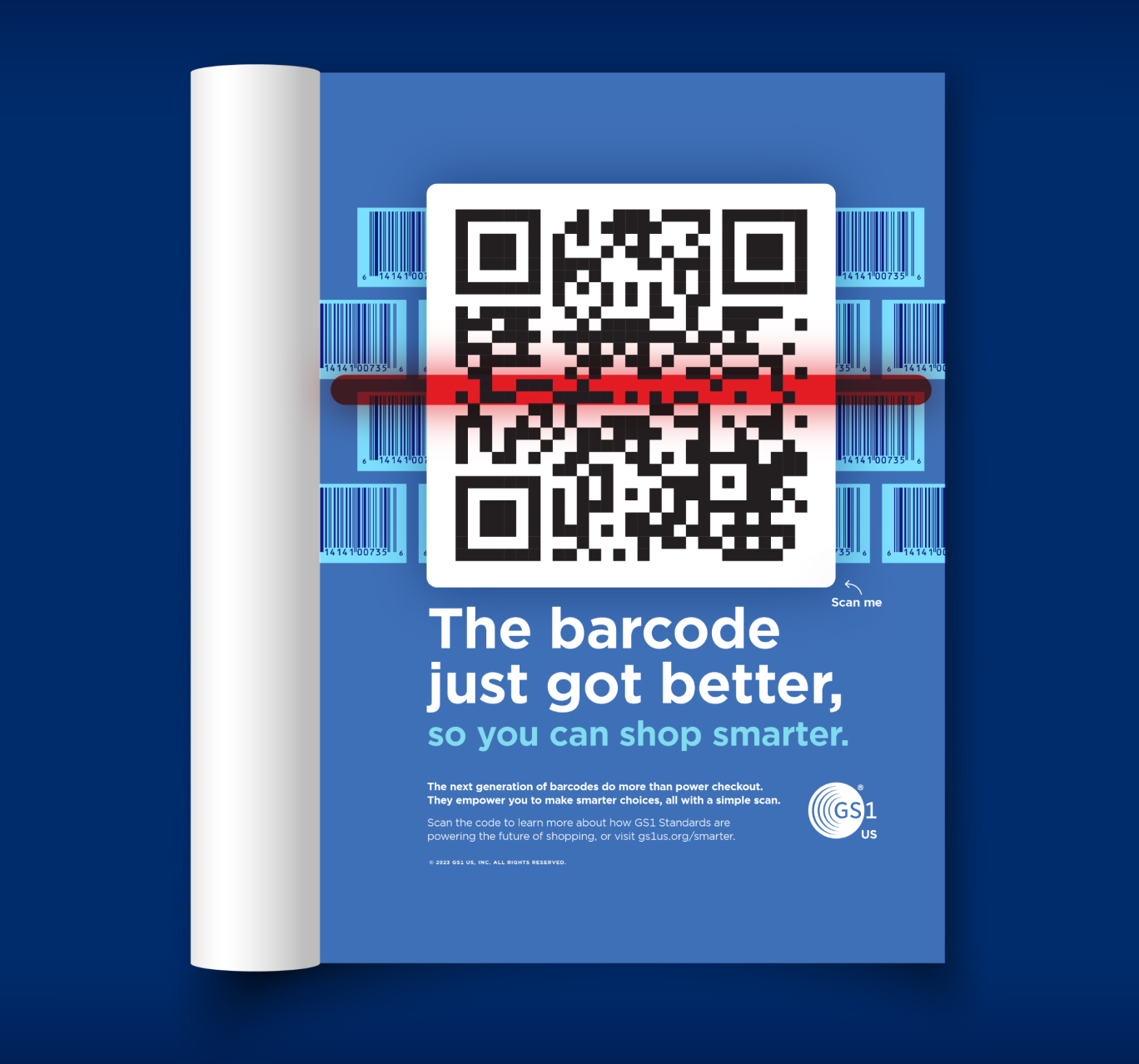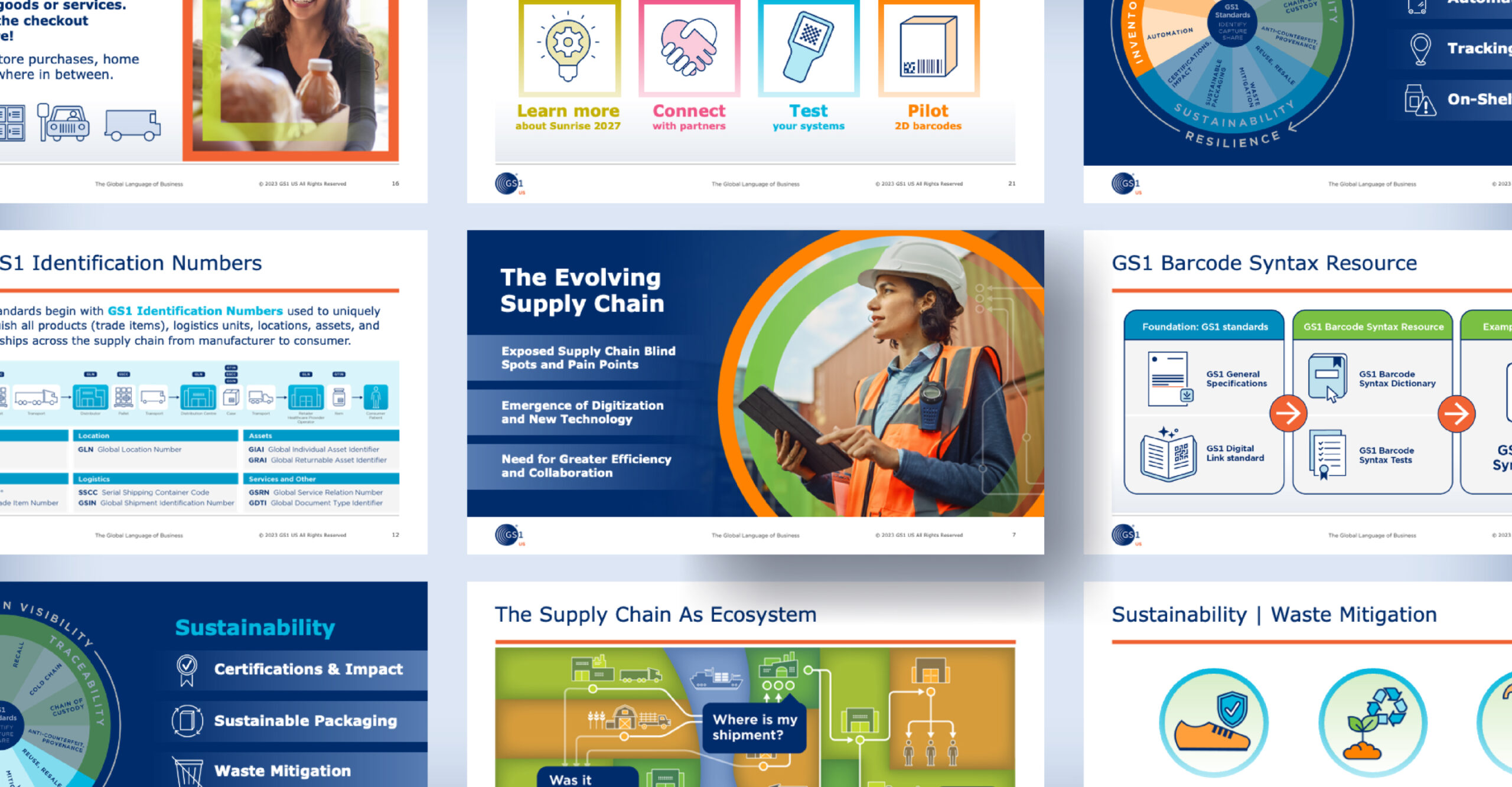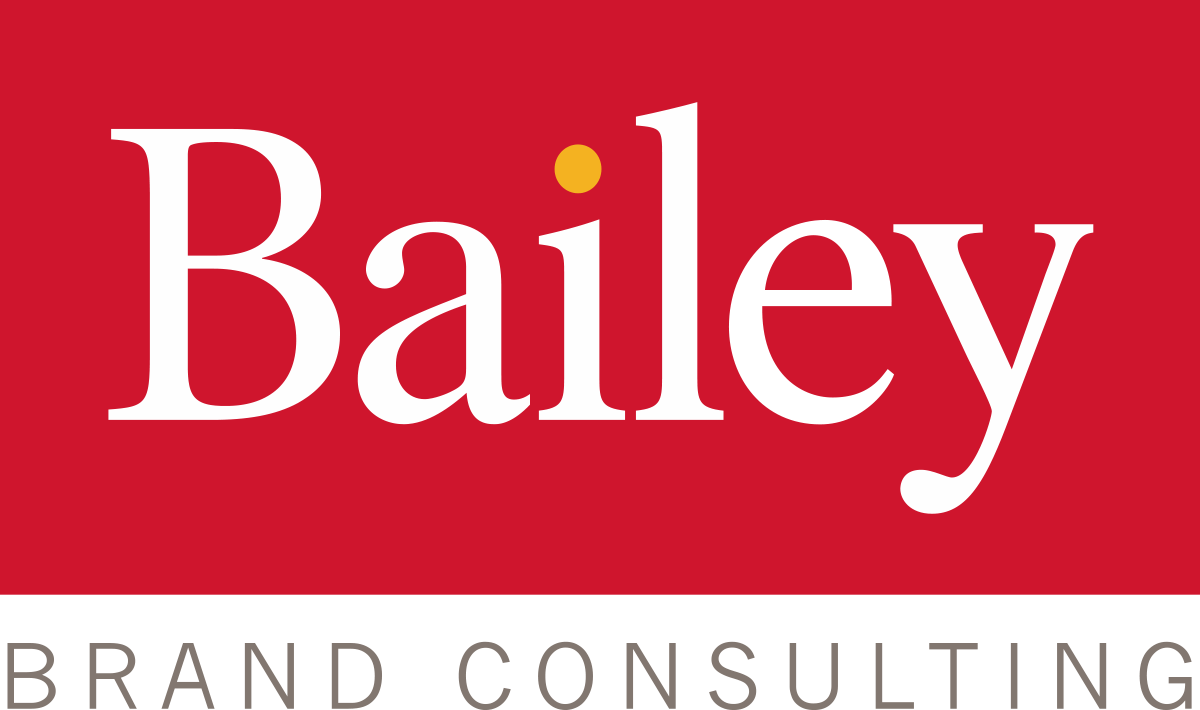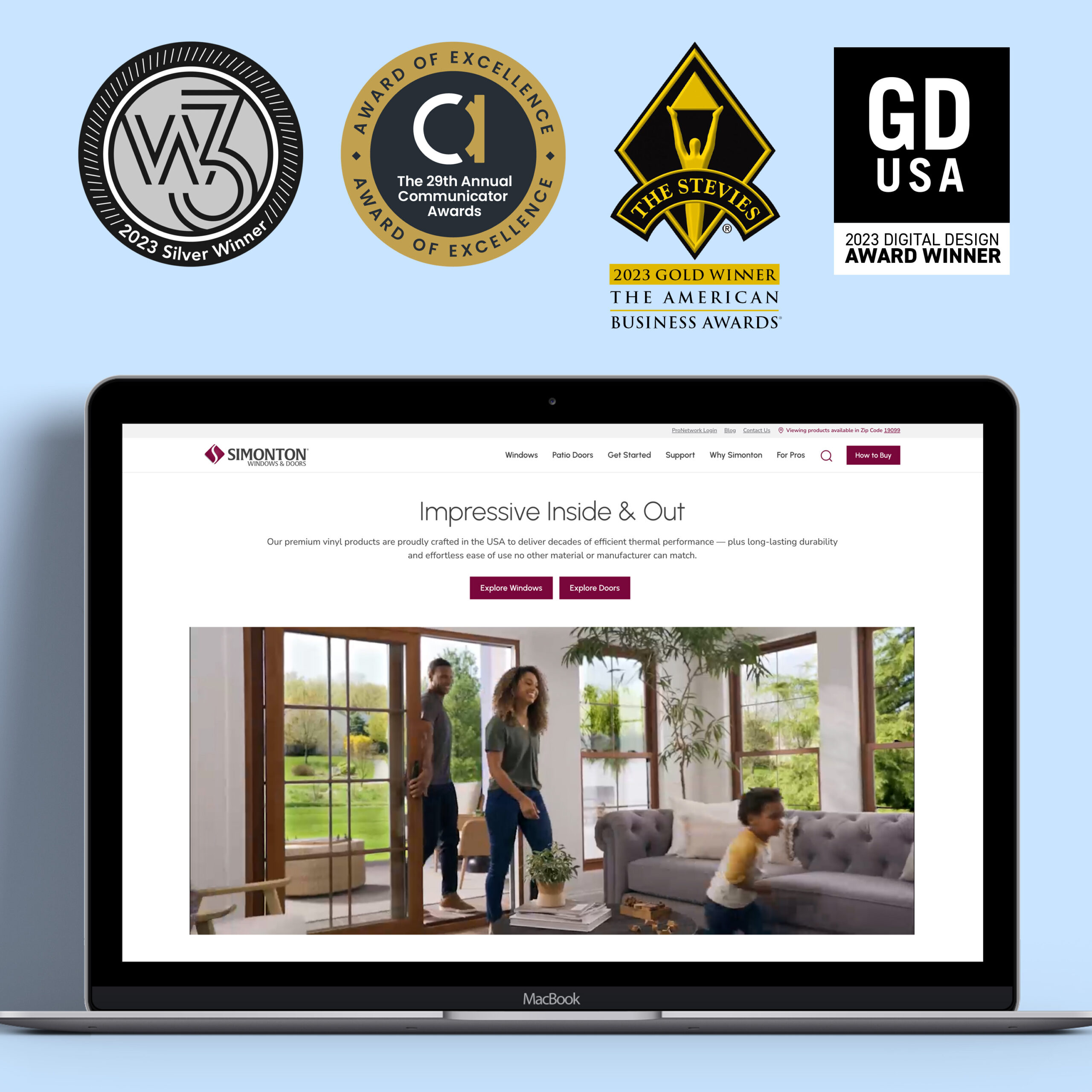
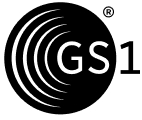
GS1 Brand Evolution: Setting a New Standard in Global Brand Engagement
Project Overview
GS1 is a global business and supply chain standards organization operating in over 116 countries. Through a partnership spanning 10+ years, Bailey has helped the organization tell its story and build its brand. As a result, we are now an integral extension of the organization.
Foundational to this effort was understanding the diverse role GS1 plays in commerce and helping the brand simplify and communicate that message in a consistent and compelling way. Our team immersed themselves into the structure, operations and audience perceptions of GS1, setting the stage for a dramatic shift in how the organization thought about its brand and business.
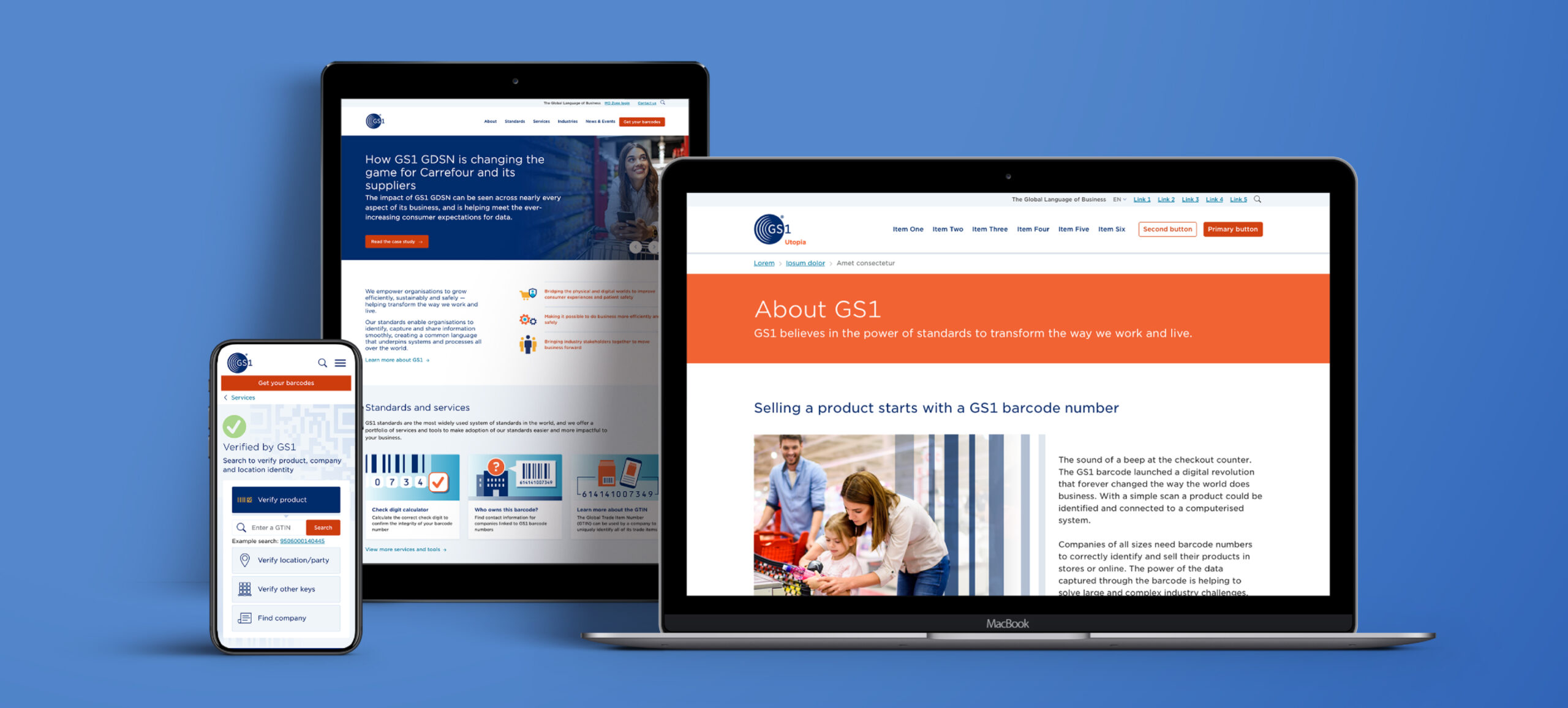
What We Did
In-depth consultation with stakeholders, industry workgroups and standards users paired with external research and analysis helped identify specific opportunities. Research revealed GS1 was valued for the level of engagement it had established among market leaders, the ability to remain neutral while promoting GS1 Standards and its large global network of member organizations.
Bailey developed and implemented three core strategies to begin to help change perceptions of the organization:
- Consistent brand positioning and values for leadership and staff to follow and use as a communication tool to ensure everyone understood the importance of the organization’s efforts.
- The creation of a framework for how GS1 could think about its role and interaction with industry as a whole, and with the range of individual member companies it serves. This helped segment member needs and tailor the brand experience to each stakeholder.
- A comprehensive branding and communication system to bridge the gap between internal and external perceptions. This system employed an intuitive iconographic visual aesthetic, industry and member segment messaging and a progressive story to simplify the complex solutions many members did not understand or even realize were available.
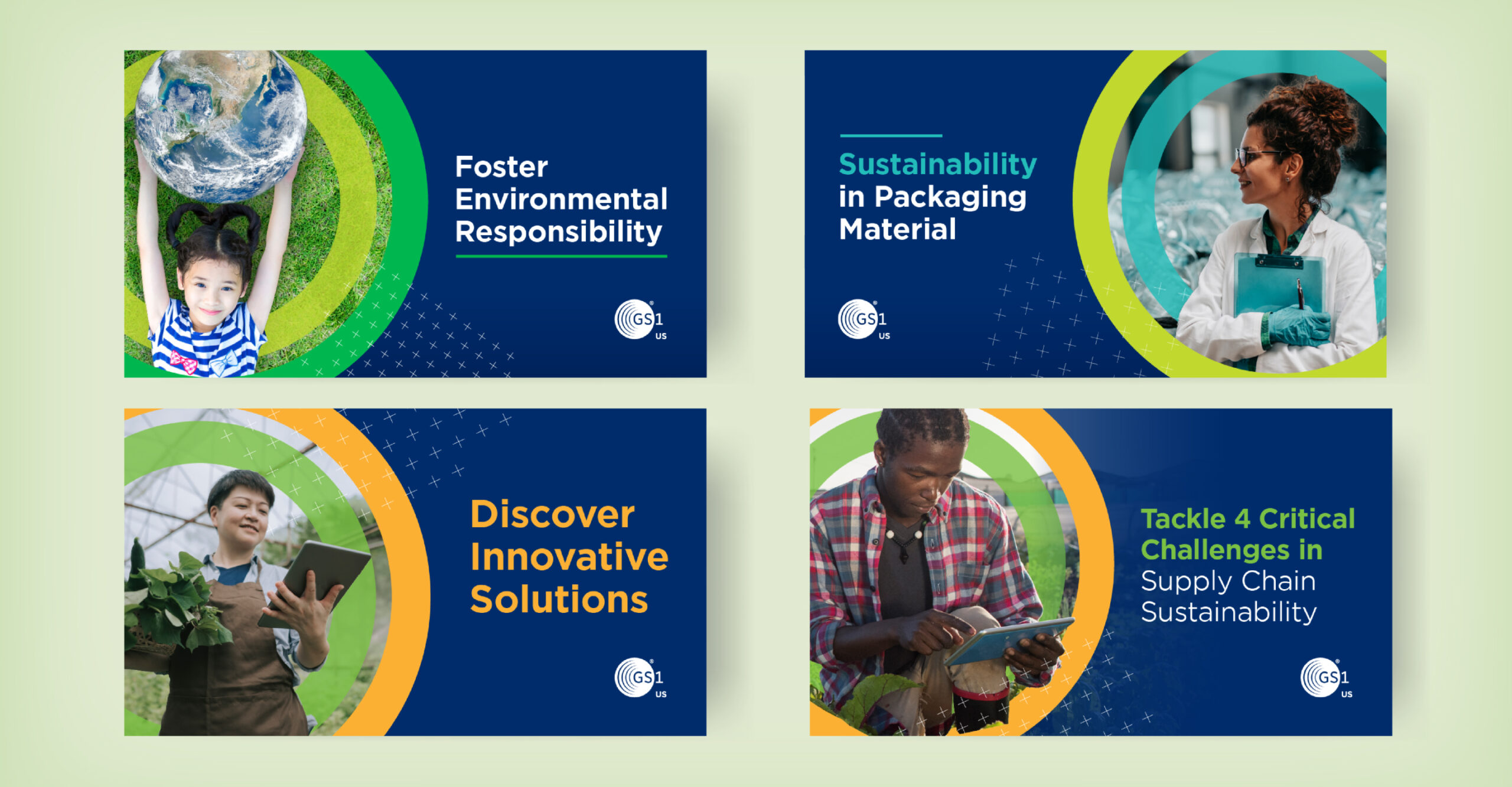
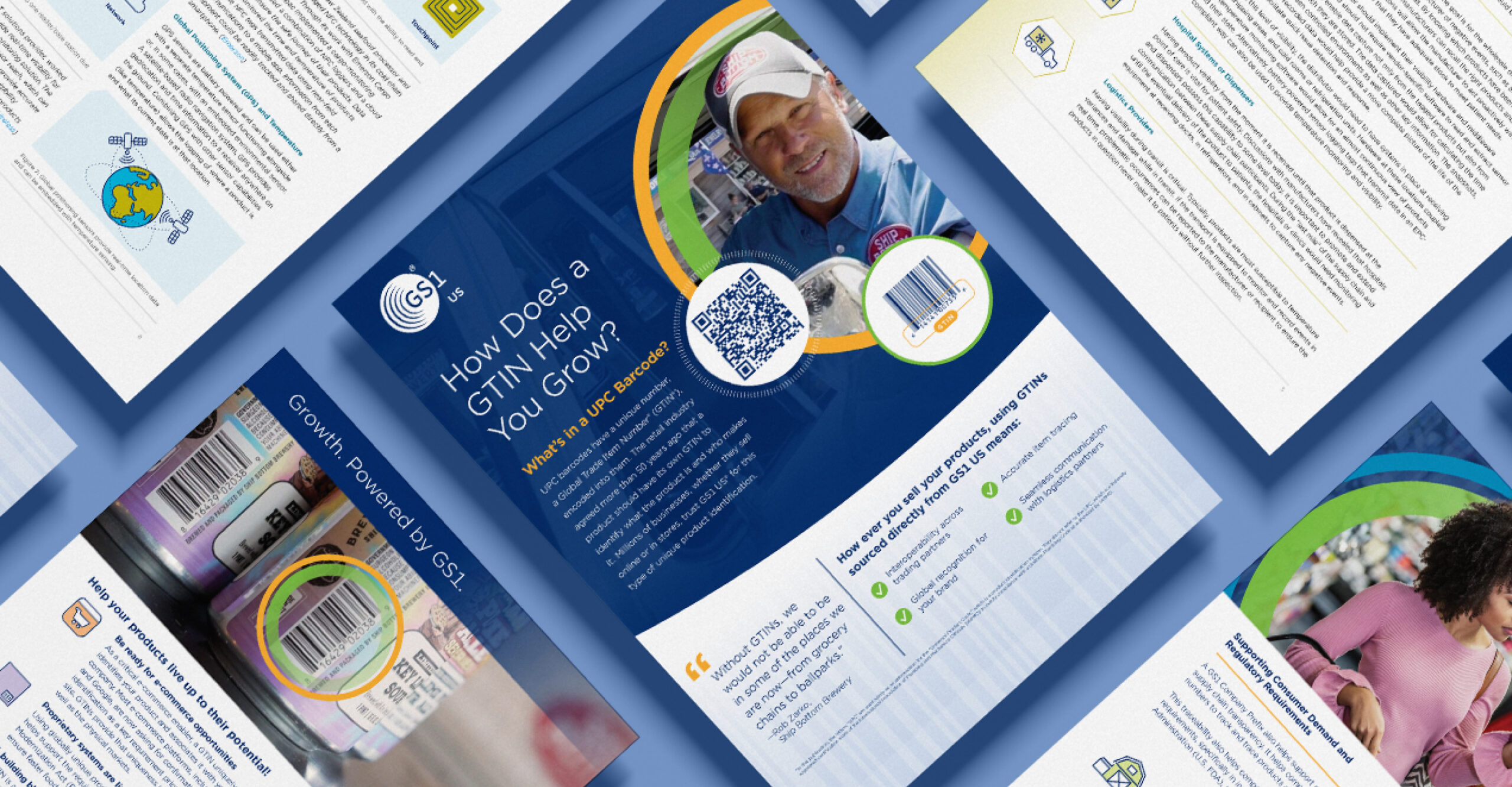
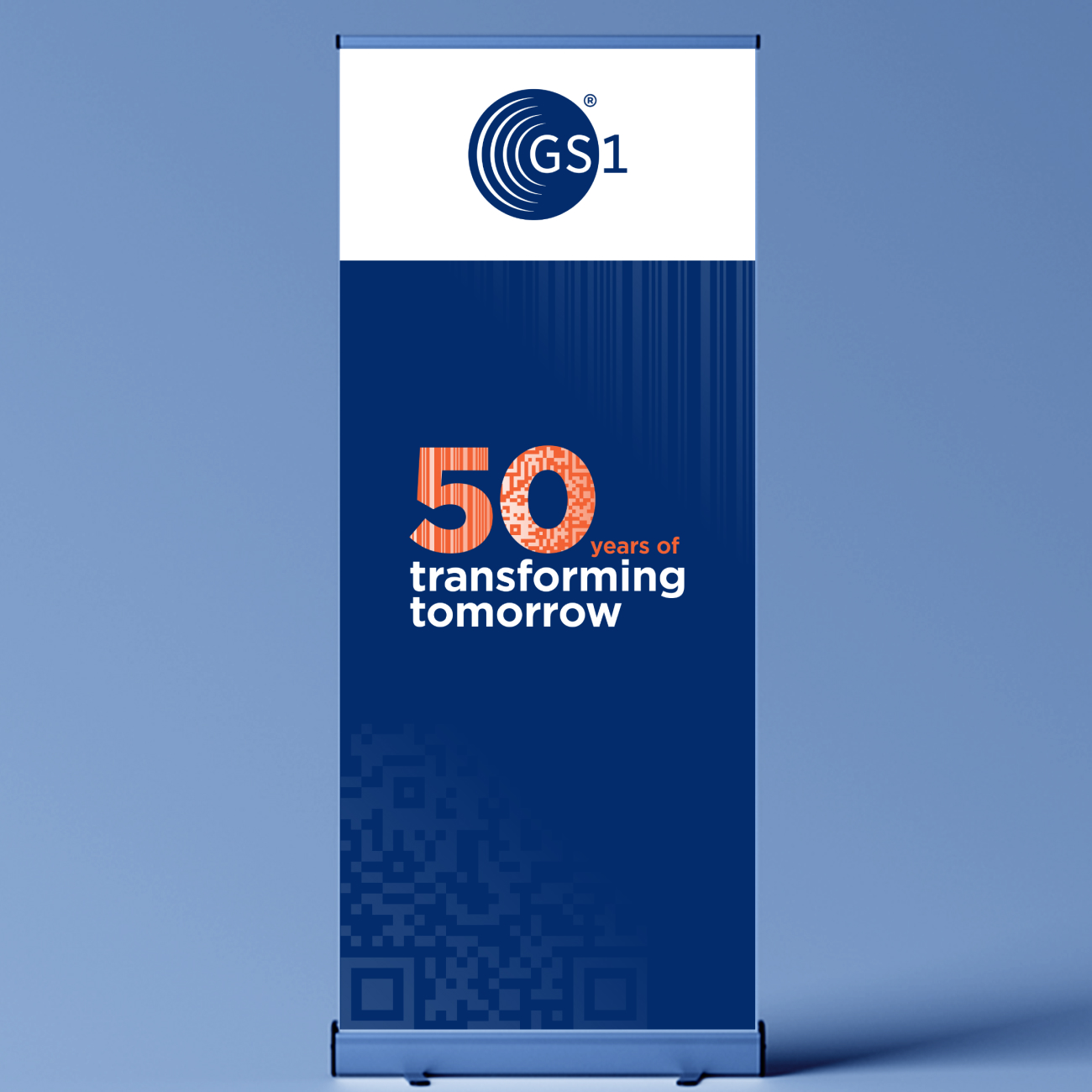
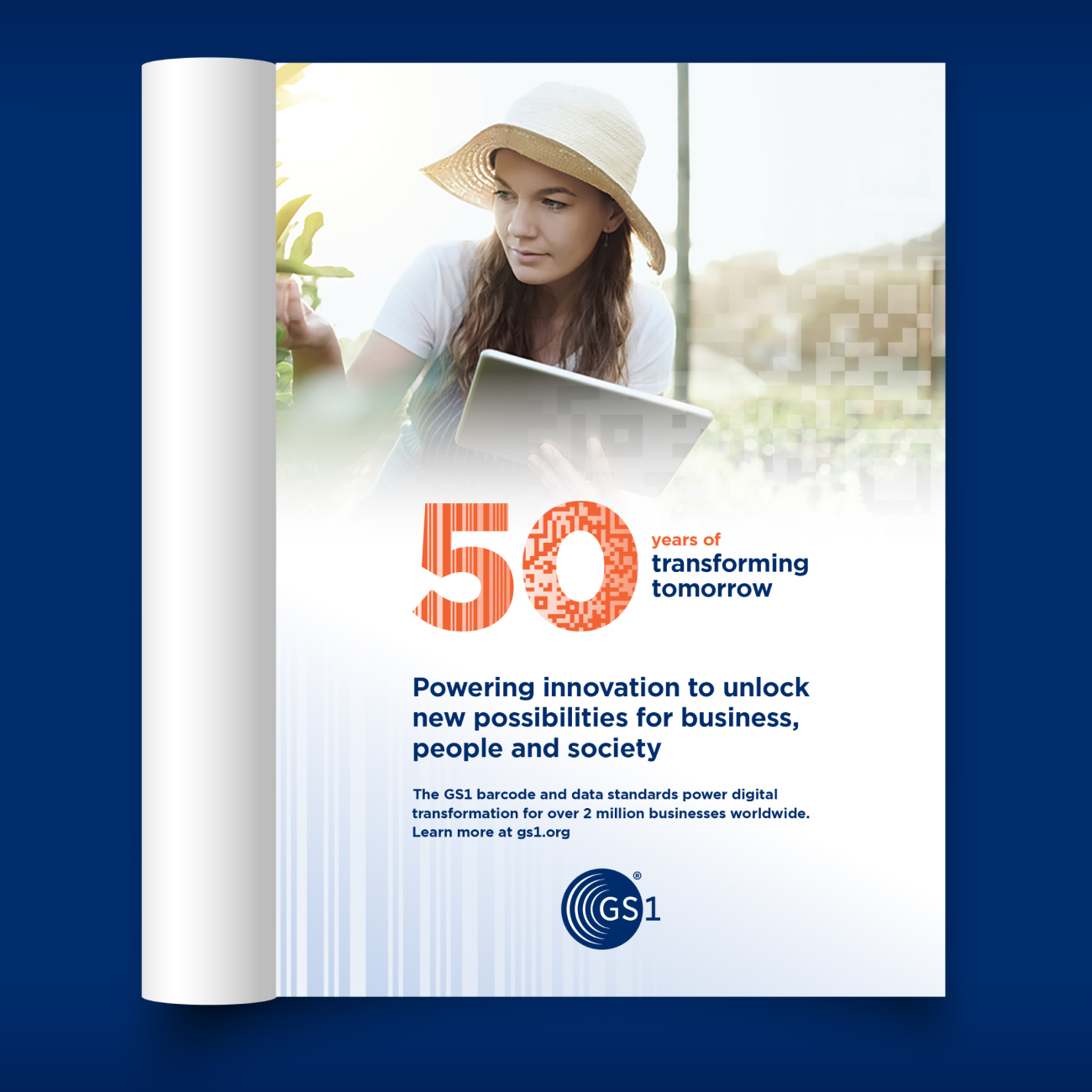
Results
GS1’s member base has grown year-over-year and the trust and partnership we have developed with the organization have grown as well. Today, all marketing and communications requirements are managed through Bailey, which ensures continuity and consistency of the brand experience across every touchpoint.
As these efforts further advance the understanding of the GS1 US business, Bailey is called on to provide counsel on new ventures, initiatives and innovations, ensuring the new standards and position of the brand are reflected in these efforts. Today, our involvement spans event planning and design, social media promotions, whitepapers, webpages and beyond.
